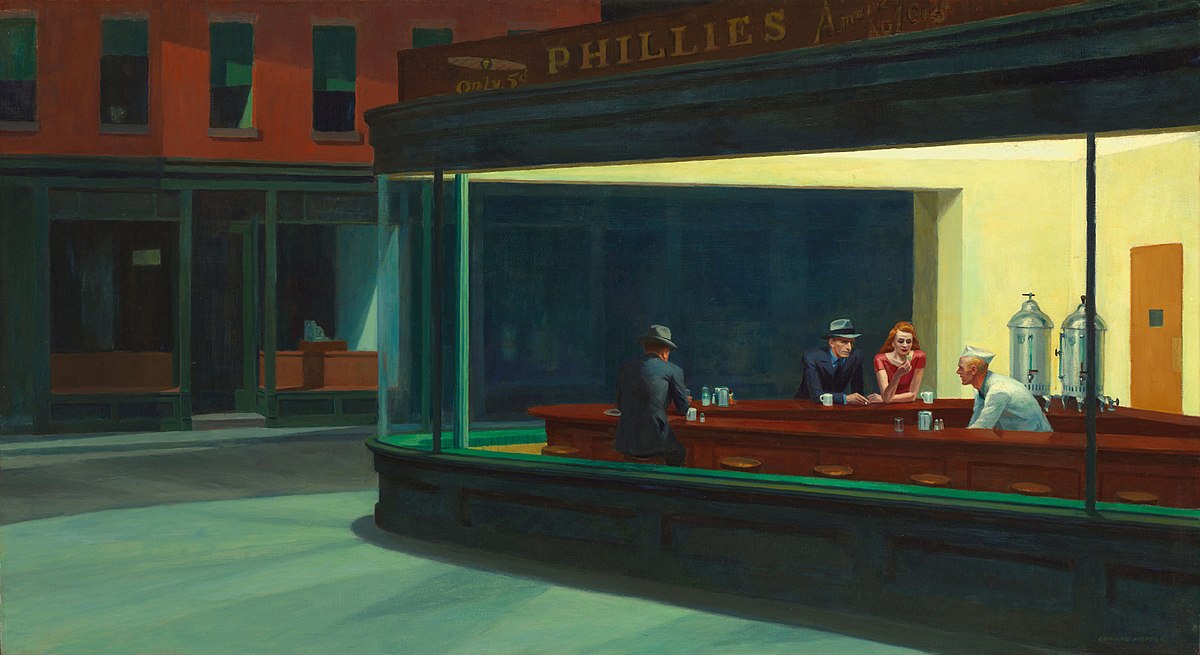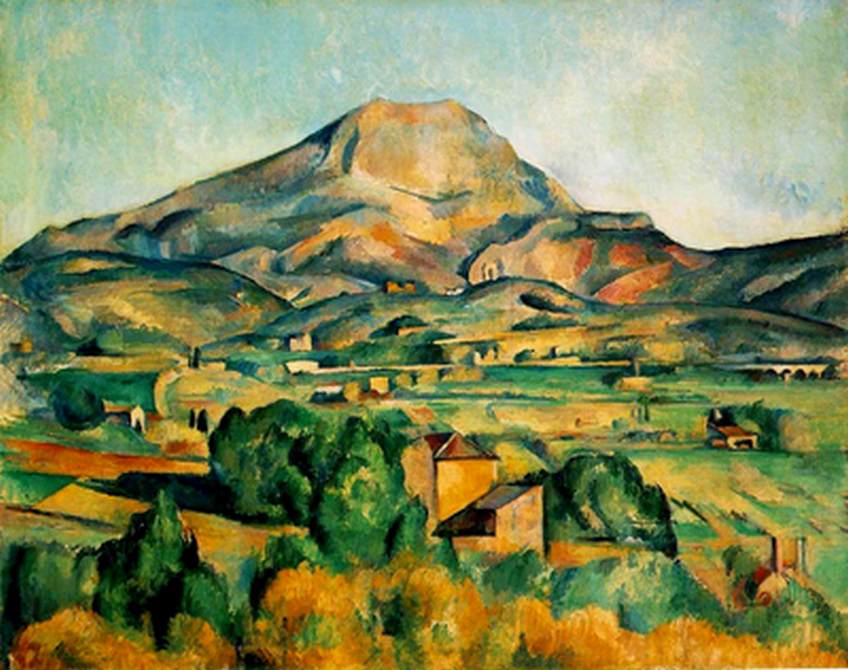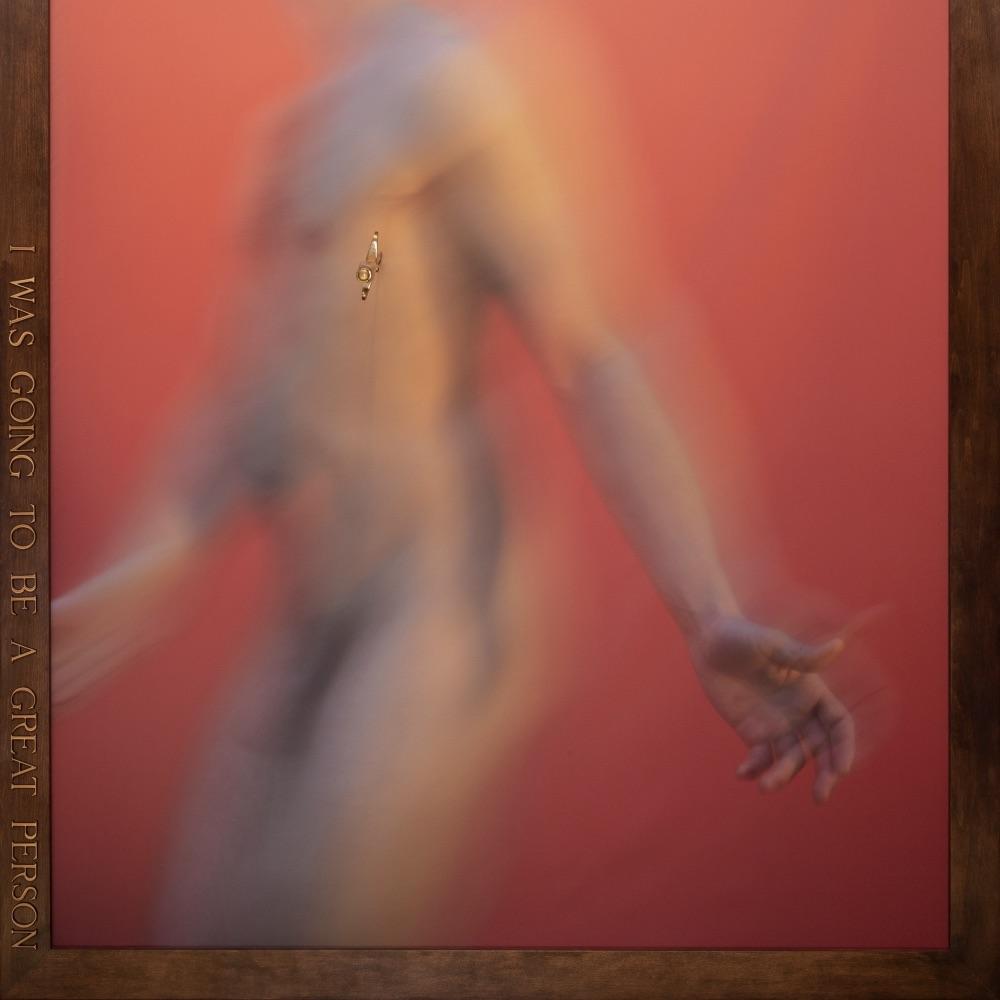
Starting in early 2023, the Telegraph brings you a range of exciting visual or musical events, as well as some remarkable cinema content, which ranges widely across a number of diverse genres. Therefore, every viewer, regardless of age, can choose from the Telegraph cinema programme.
So in the coming months of this year, you can look forward to a range of exciting films in existing strands such as Senior Cinema or Saturday Téčko, as well as the now re-launched Summer Cinema. New for the rest of the year, however, is a series of documentaries with an artistic theme, Exhibition on Screen. The latter brings films about visual arts, exhibitions or the lives of the artists themselves. Exhibition on Screen collaborates with prestigious international museums and galleries (National Gallery in London, Tate, MoMA...) around the world to produce these authentic documentaries, and also involves prominent art historians and art critics who provide theoretical background and expert commentary for the films. The resulting films are of high informative quality, bringing expert knowledge of art to a wide audience. Since its inception in 2011, EOS has screened around 30 films in more than 66 countries around the world, taking viewers to exclusive exhibitions, introducing them to artistic movements throughout history or directly presenting the life and work of important artists.
The series is founded by acclaimed documentary filmmaker Phil Grabsky, who has directed a large number of the films himself and oversees the production quality and consistency of all titles to provide viewers with an intense experience of the visual arts even in a cinema setting. This year, Exhibition on Screen will offer audiences five films with a visual arts theme as part of its tenth anniversary season. They are brought to the Telegraph by Pannonia - an international distributor of alternative film content operating in many countries across Europe. This entails a change in the admission price for this series, which, according to the distributor's terms and conditions, will be 160 crowns for basic admission and 140 crowns for reduced admission. In this case, however, you will necessarily pay extra for real documentary quality.
The first film in this series will be Hopper - An American Love Story on May 29. It looks at the personality of one of America's most inspiring artists, Edward Hopper. Hopper was born in 1882, but was unmoved by the early 20th century period of wildly changing avant-garde movements and remained true to realism throughout his life, capturing American life in a distinctive way that influenced many artists, not only visual artists but also photographers, filmmakers and musicians, including Mark Rothko, Banksy, Alfred Hitchcock and David Lynch. Edward Hopper started out as an illustrator, and some of his work was commercial graphics for advertising agencies. In his paintings he depicted American realities - mainly deserted places, empty streets, or night scenery, to which he was able to inject an atmosphere of unease and mystery. The figures embedded in the scenes are alienated from each other, they do not communicate with each other and a strange tension hangs between them, contrasting with the still world around them. In addition to the aforementioned areas of Hopper's work, the film depicts his intense relationship with his wife Josephine, who was not only an inspiration in his life, but more importantly a crucial support when she gave up her own career to stand by his side as his manager.

Mary Cassatt's second film: painting the modern woman will follow in mid-June. Premiering to mark International Women's Day, the film features the often overlooked impressionist artist thematising the lives of the women around her in her paintings. Mary Cassatt was an American painter born in Pennsylvania, but spent much of her life in France, where she met Edgar Degas and joined the late 19th century Parisian radicals, the Impressionists, after her paintings were rejected by the conservative Salon. It was also thanks to her that the movement spread to America, where the first Impressionist exhibition was held in 1886. Cassat focused primarily on recording the ordinary lives of women, but she changed the way women had been viewed in art. In her paintings, prints or pastels, she depicts them as active beings, intellectual and eager for knowledge - modern women fighting for their rights. The documentary, directed by Ali Ray, captures, through her work and the perspectives of leading curators and artists, not only the work of a major artist, but also provides a glimpse into the life and times of the significant social and cultural changes of which Mary Cassatt was a part.

The third film - Vermeer: the Greatest Exhibition - takes you to the Rijksmuseum's unique exhibition in Amsterdam, which opened in the spring of 2023 and presents the largest retrospective to date of one of the Netherlands' most famous Baroque painters, Jan Vermeer van Delft. The artist, who lived his life in Delft from 1632 to 1675, reflects the work of Caravaggio and the influences of religion and mythology in his early work. He is most famous for his genre paintings of scenes of everyday life, in which he depicts figures at moments when they are prevented from action. In these moments frozen in time, the composition and vividness of the scenes, supported by a specific work with light, stand out above all, and the scenes acquire a new dimension, reaching deeper below the genre depiction of the everyday. Also remarkable is his work with colour, with which Vermeer is able to create reflections and almost translucent surfaces. Thanks to loans from all over the world, the Amsterdam exhibition has managed to bring together 28 of his approximately 35 surviving works - including the famous Girl with a Pearl, The Dairymaid and Woman with Scales - making the exhibition truly unique and unrepeatable. The film patiently, judiciously and almost meditatively captures the magnificent works of the exhibition, and viewers seem to almost find themselves in the exhibition without having to wade through the crowds of other visitors. The exhibition is guided by the Rijksmuseum's director himself, Taco Dibbits, and its curators. Through close-up photography, the Dutch master is portrayed truly in depth and in all contexts.

Following this will be Tales from Tokyo - 400 Years of Art, which will be screened at the Telegraph as part of the third annual TEFF (Telegraph Film Festival). The mini-festival, which lasts several days, features films about art, experimental films, and a series of debates and lectures. Based on an exhibition at the Ashmolean in Oxford, Tales from Tokyo attempts to capture 400 years of art history and development in this dynamic, energetic metropolis that is in constant motion. Representatives of 18th-century Japanese colour woodblock prints were a major influence on European art. From the 1880s onwards, it became an inspiration for a number of French Impressionists and Post-Impressionists in particular, and played an important role, for example, in the work of Vincent van Gogh. Katsushika Hokusai was the most prominent figure in colour woodblock prints. He worked in the ukiyo-e genre, which captures fleeting images of the world, as did the European Impressionists afterwards. However, Japanese and Tokyo art is rapidly changing, and in the 20th century, interest in old Japanese calligraphy and modern pop art, contemporary photography and comic book manga, and monumental street art stand side by side. The Tokyo Art Exhibition was a huge success, attracting a young, diverse audience. The film itself then goes on from the exhibition to a deeper, fuller understanding and exploration of Tokyo and the artists who create in the city of rapid change.

The last film of the tenth edition of EOS will be the return of the most audience-successful film of the Cézanne series after five years, Portraits of a Lifetime. It is the work of the aforementioned director Phil Grabsky, who shot the film at the National Portrait Gallery in London, with the collaboration of experts from other galleries around the world - MoMA in New York, the National Gallery of Art in Washington DC and the Musée d'Orsay in Paris. Through Cézanne's paintings and correspondence, the personality of the great Impressionist is revealed, depicting the places where he lived and worked, which are also reflected in his work, such as the series of paintings of Mount Sainte Victoria. Paul Cézanne's work represents an entry into the 20th century. Although he was under-appreciated during his lifetime, he was seen by artists of the early part of the century as a key figure in the development of modern art. His flat composition and idiosyncratic expression, together with his realistic depiction in an abstract pictorial order, were the springboard for a younger generation of artists. His way of working with colour was inspired by the Fauvists, led by Henri Matisse, while the Cubists developed compositional structures brought out on the surface. Paul Cézanne is rightly hailed as the father of modern art, which he helped to define the direction of.

If you are interested in fine art and its history, this documentary series is the perfect opportunity to explore the lives and works of famous artists and expand your knowledge in this field. You will be able to find tickets for each screening in the PROGRAM section.
Author: Barbora Langová







